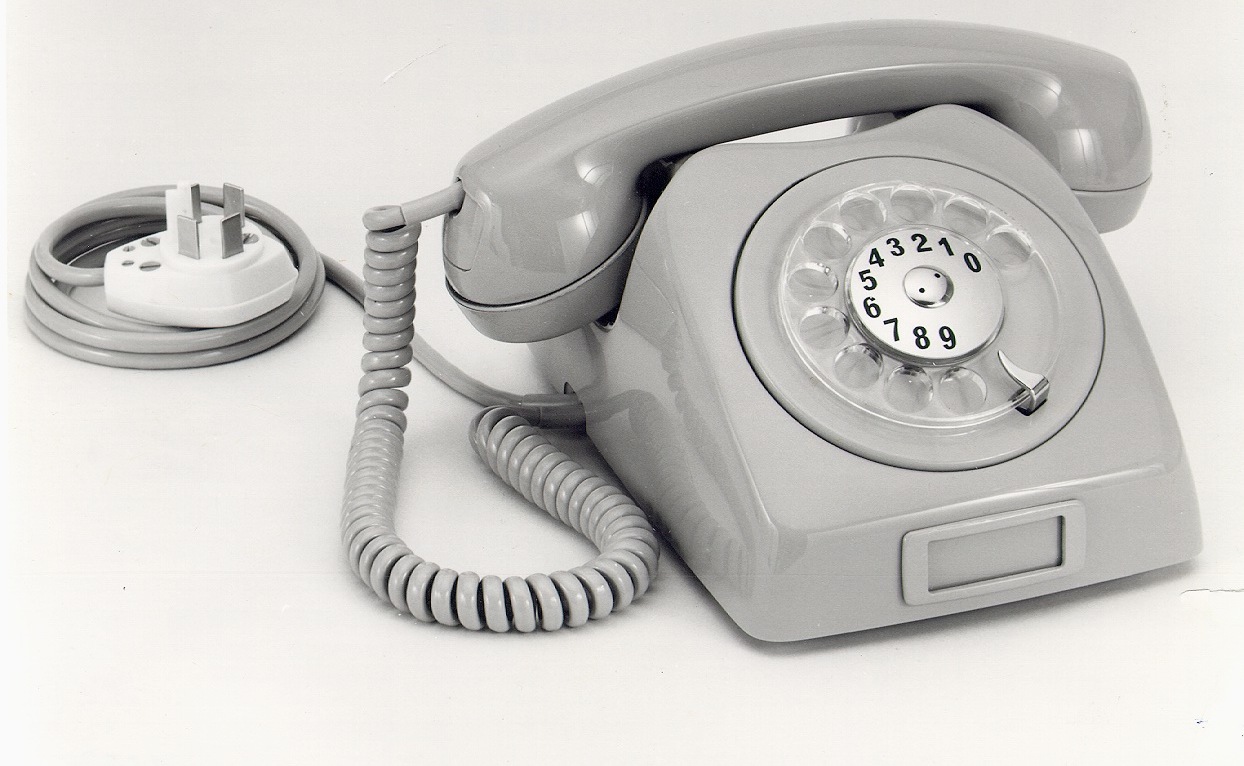A light telephone with a modern design that could take being dropped on the floor. Those were the requirements for the new telephone that was developed jointly by Ericsson and Televerket, the Swedish PTT in the 1960s.
High technical and functional demands were placed on the new phone, which was named Dialog. The casing and the handset were to be made thermoplastic so that it would be possible to manufacture the phone in different colors. The weight was to be no greater than for previous devices, and the components should be easy to access.
Designing the Dialog was an assignment awarded to architects Ahlgren-Olsson-Silow (AOS). The design of the handset was based on ergonomic requirements, meaning that it was adapted to the size of the human face. As a result, the distance between the microphone and the earpiece was reduced, compared with previous models. The handset weighed only 250 grams.
Another new feature was that the case included a built-in handle, so that the phone could easily be moved between different locations, which was very handy, since the phone was connected by a plug to a jack. The level of the ring signal could be adjusted with a control on the bottom of the device. Another important detail was that the handset should fall into the correct position when it was replaced, so that the line would not be blocked. This meant that the designers and architects had to pay great attention to finding the right shape for the hook.
Another technical feature not found in previous phones was that the transmission level was automatically adjusted to the length of the subscriber line. The various phone components, such as the bell, the dial, the transmission unit and the hook switch, could easily be mounted or replaced directly on the base plate, thus simplifying assembly and maintenance. The case was attached to the device by a single screw.
The Dialog was introduced in 1962 and was manufactured by both Ericsson and Televerket. Ericsson developed several variants of the Dialog with different types of microphone, as well as a version with a local battery and a transistor generator for the ring signal.
The Dialog was presented to the Swedish public in May 1965. It could be used as both a main and an extension phone and was available in white, gray or black. The new phone quickly became a success. The most popular color was gray, which was chosen by 54 percent of all customers. During the first year alone, Swedish customers ordered 110,000 Dialog phones. In March 1969, the Dialog became the standard phone for Televerket's network. This meant that older phones would be gradually replaced by the Dialog, which was now used for all new phone subscriptions, as well as when subscribers moved to a new address. If a fault occurred on the customer premises, regardless of its nature, older phones were replaced by the Dialog.
Author: K V Tahvanainen


